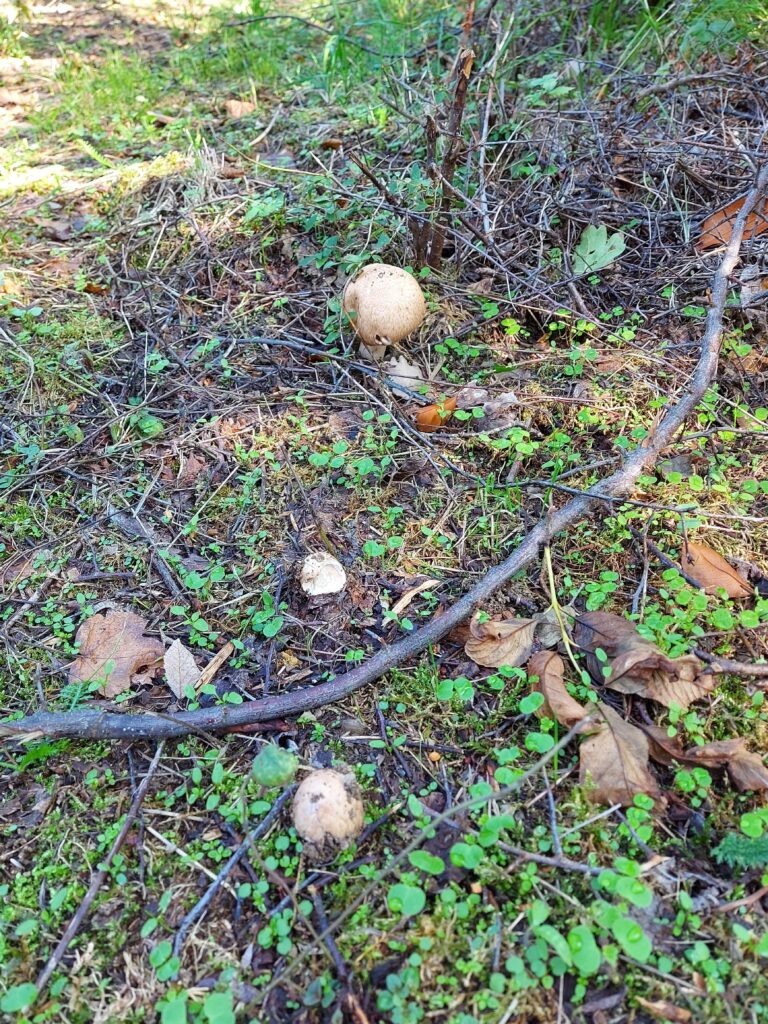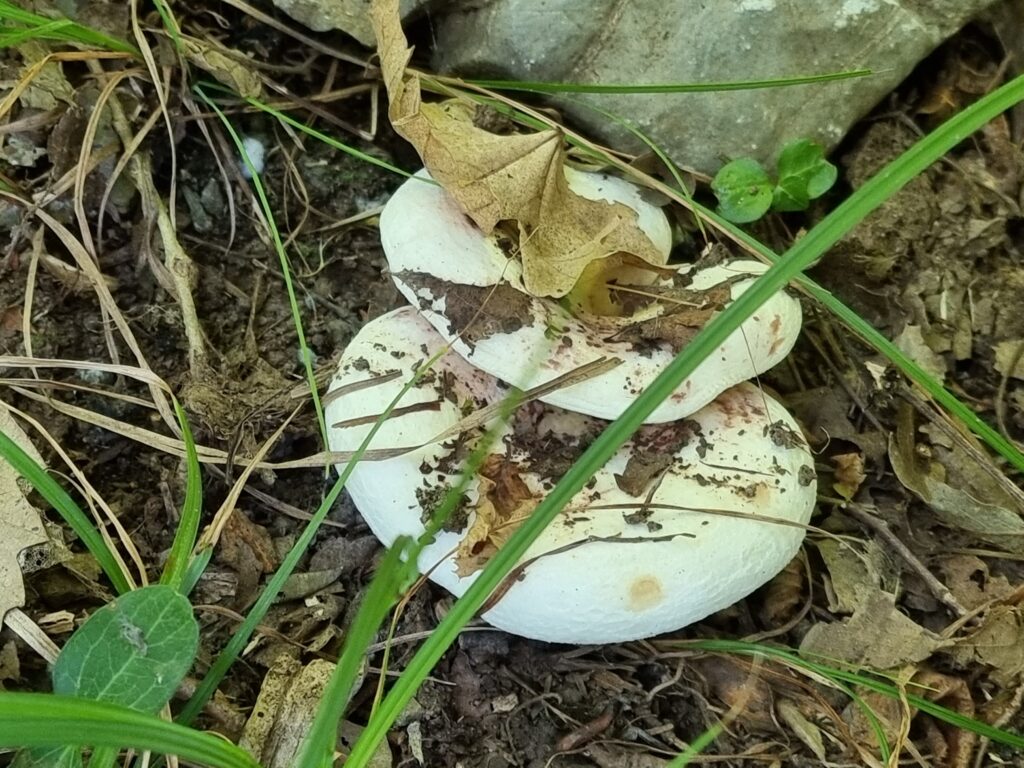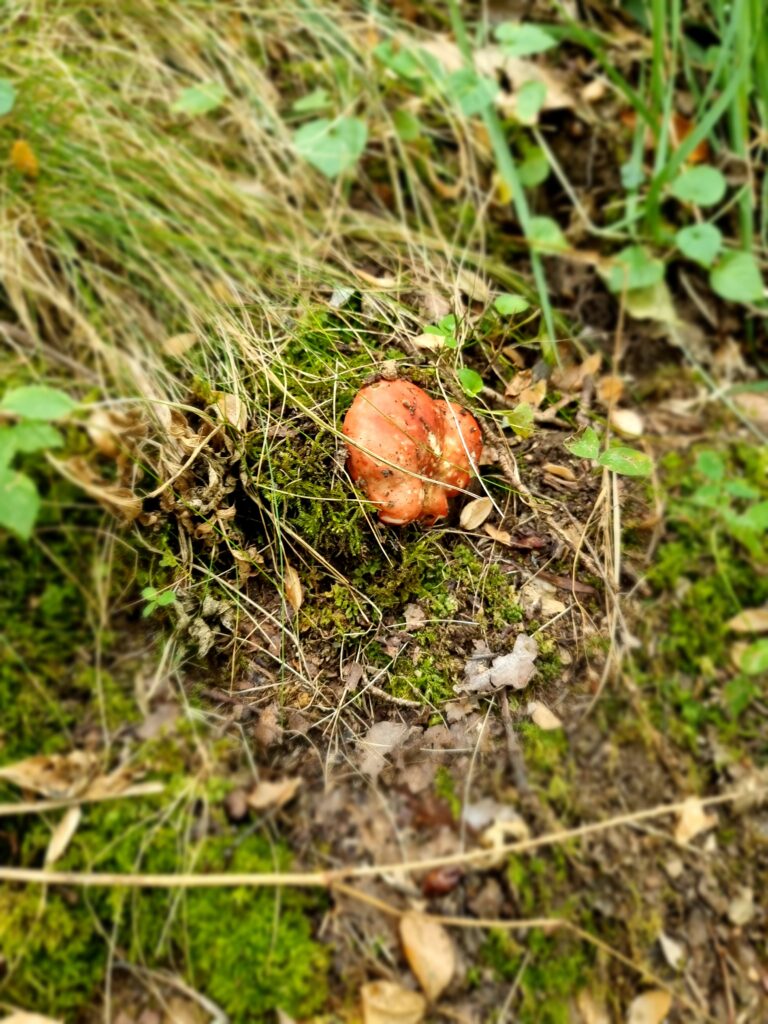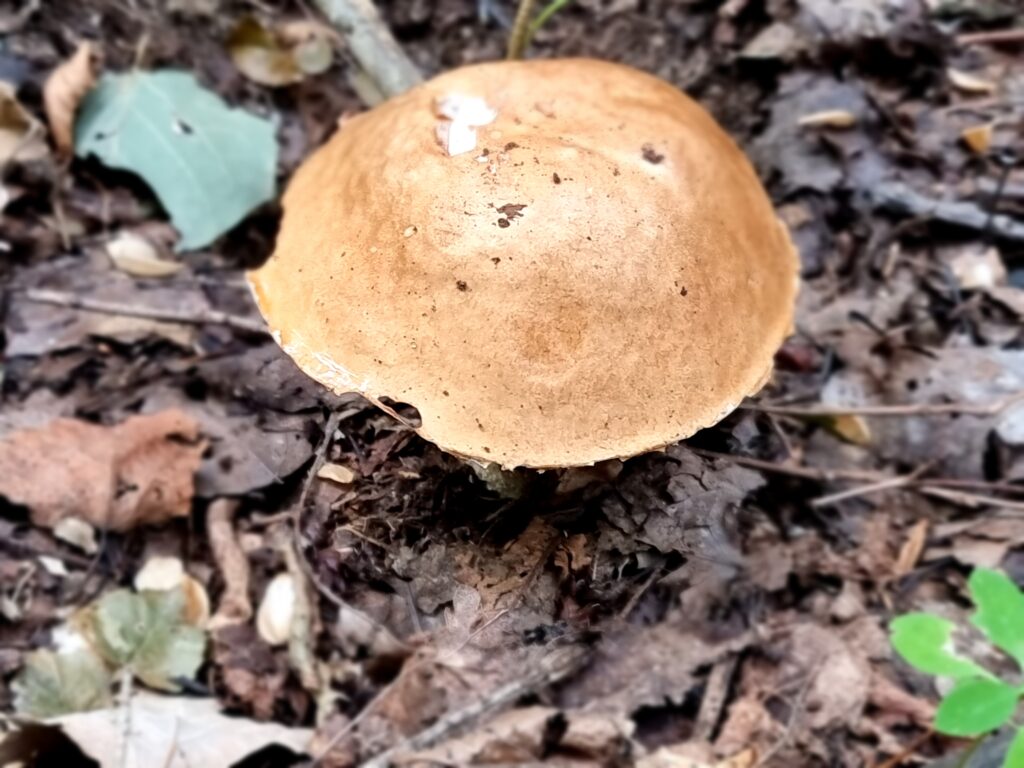Casa Gialla is located at 950m asl in the mountains of northern Tuscany.

This is completely different terrain to that we are used to in the flat lands of Norfolk UK. Even one of our favourite British ‘mountain’ areas – The Peak District, hardly compares.
Temperatures can be extremely high in summer and extremely low in winter.

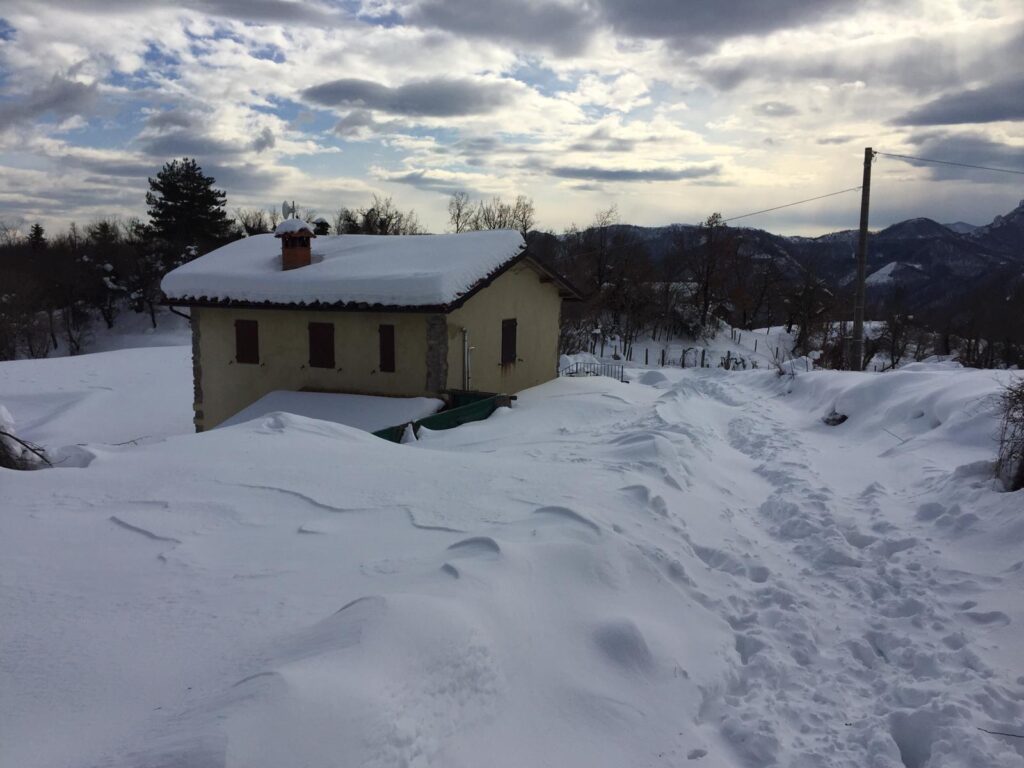
There are acres of wild chestnut forest, and although not as uninhabited as the mountainous areas of places such as USA wilderness, it is possible to hike in the forests for a whole day, barely seeing another person.
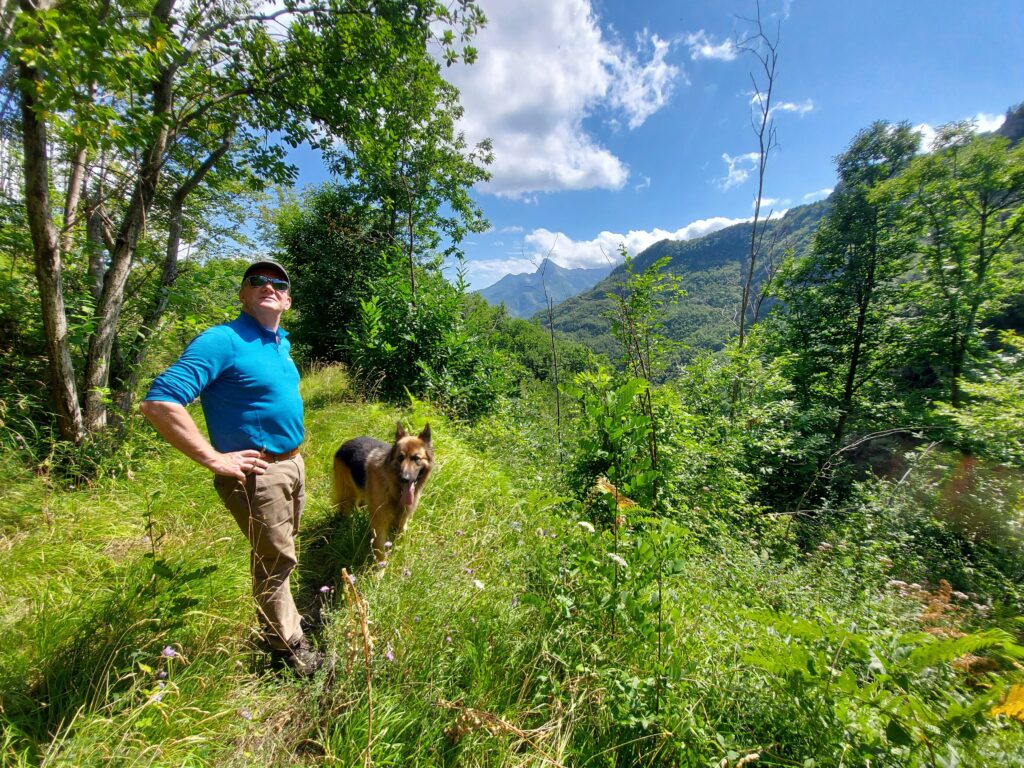

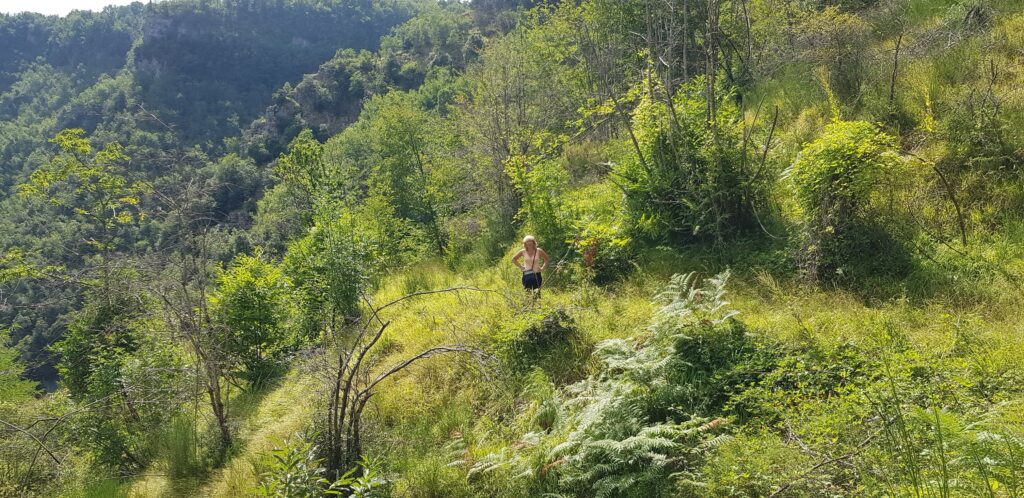

In summer the high temperatures encourage insects and reptiles to thrive, but a severe winter will soon deplete their numbers.
In the past this area was inhabited by wild boar, wolves and bears, but the human residents kept their numbers in check through fear, livestock rustling, and hunger.
Today there are no wild bears (except a few kept in captivity at the Orecchiella Wildlife park). Wild wolves are also known to inhabit the park.


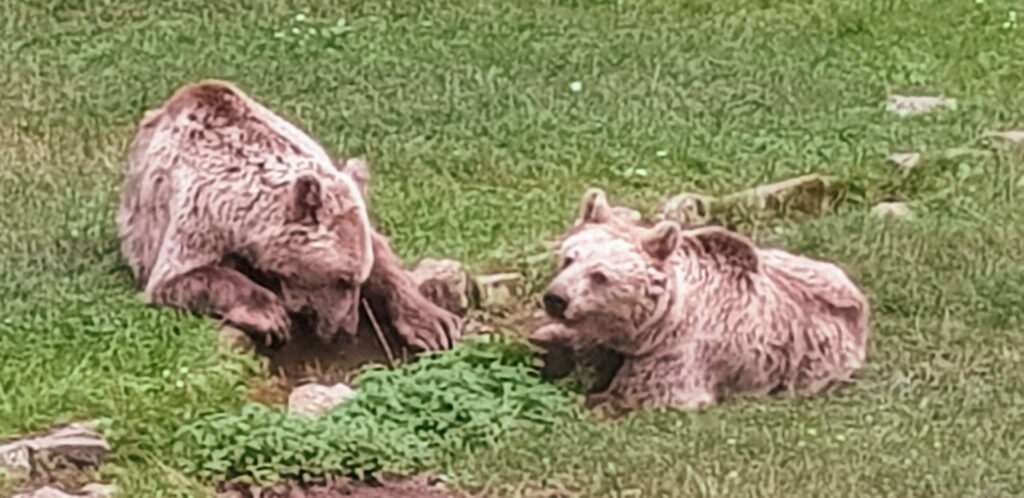
Wolves may have survived in small pockets, or have been reintroduced. They appear to be making a comeback.
We actually saw a wild wolf on a visit to Campocatino, a remote mountain village which is being restored, although the locals didn’t believe us. Unfortunately we were not quick enough with the camera.

Wild Boar have never gone away, but in the past numbers were kept in check by hunters; unfortunately hunting is becoming an activity of the past, and wild boar numbers are soaring. They are a continual and dangerous pest in this area, digging up and destroying cultivated land and a danger to pet dogs and humans as they are incredibly heavy, fast and fierce if cornered, especially the males. Their only natural predators are wolves and man. These days even the wild boar on the menu are likely to have been ‘farmed’. Most days we find evidence of their nocturnal activities on our land.
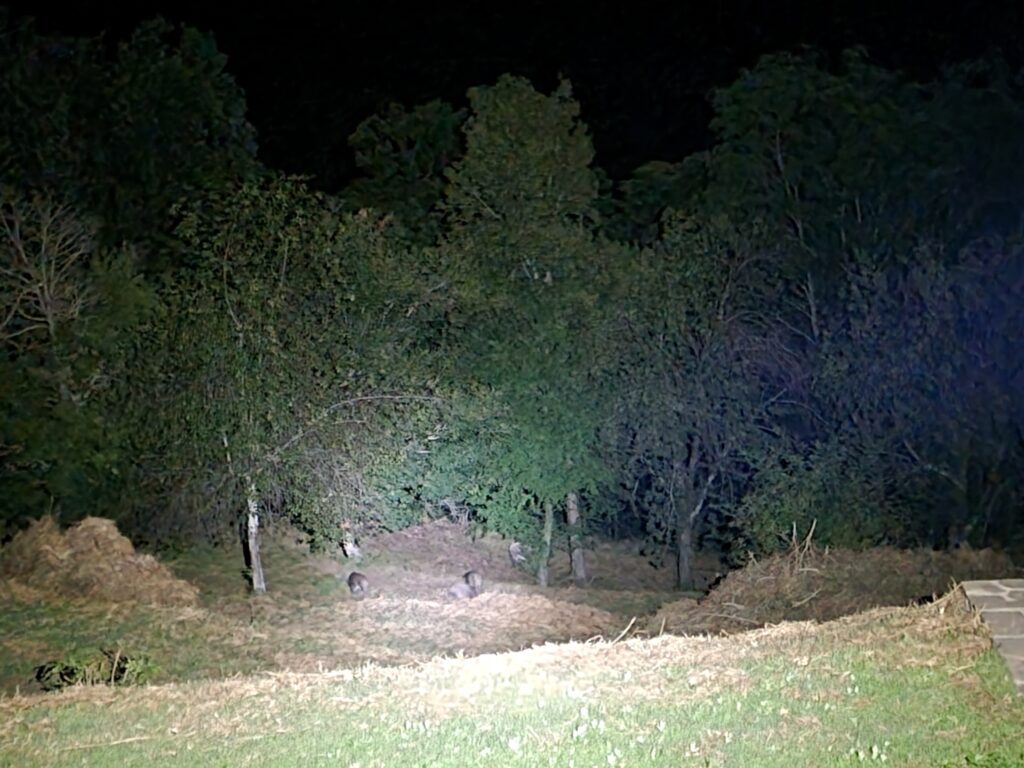

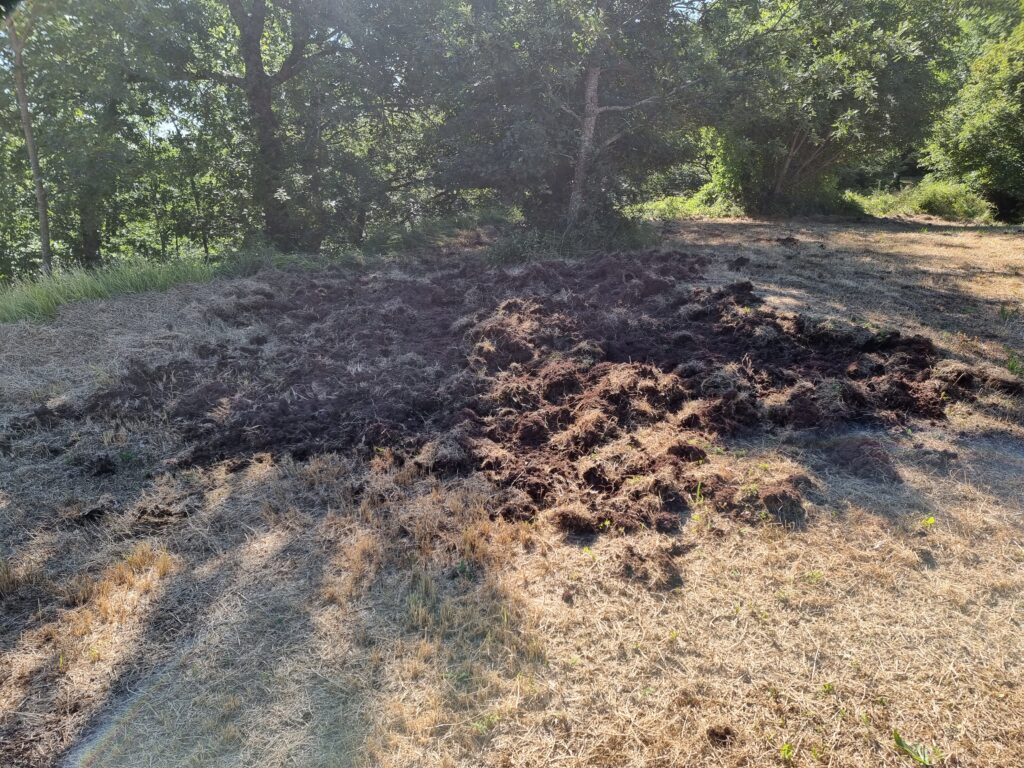
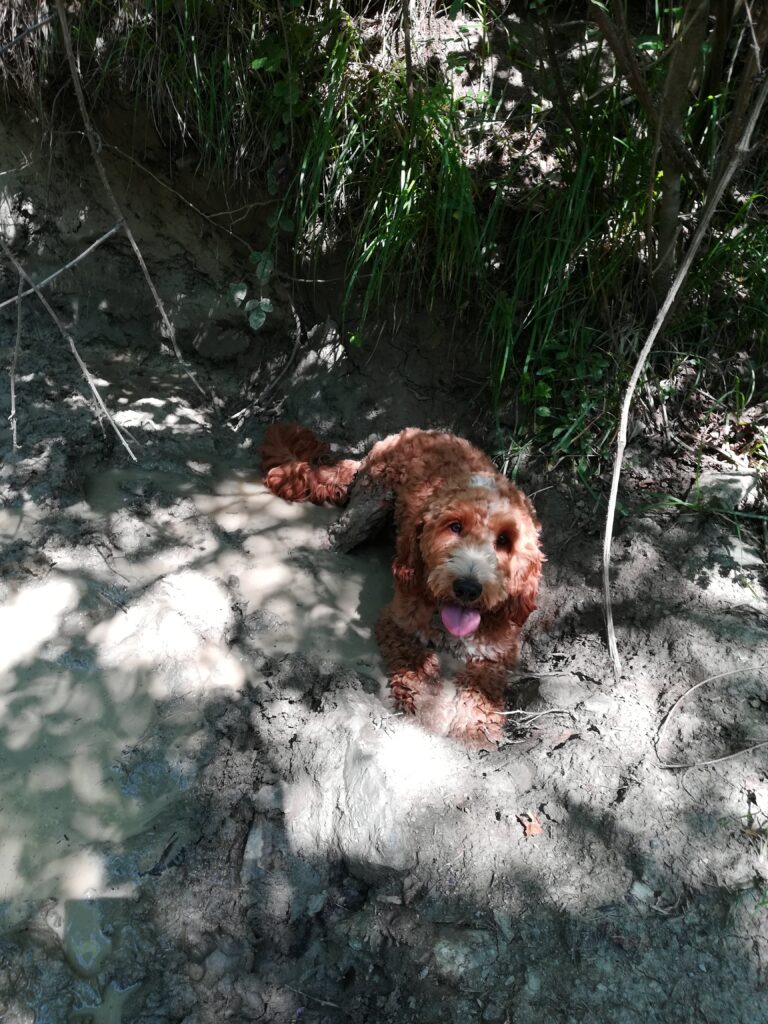
Deer too are becoming a pest as they ravage crops and have also lost their natural predators in wolves and human hunters. We often see them on our land, and hear them ‘barking’ at night.
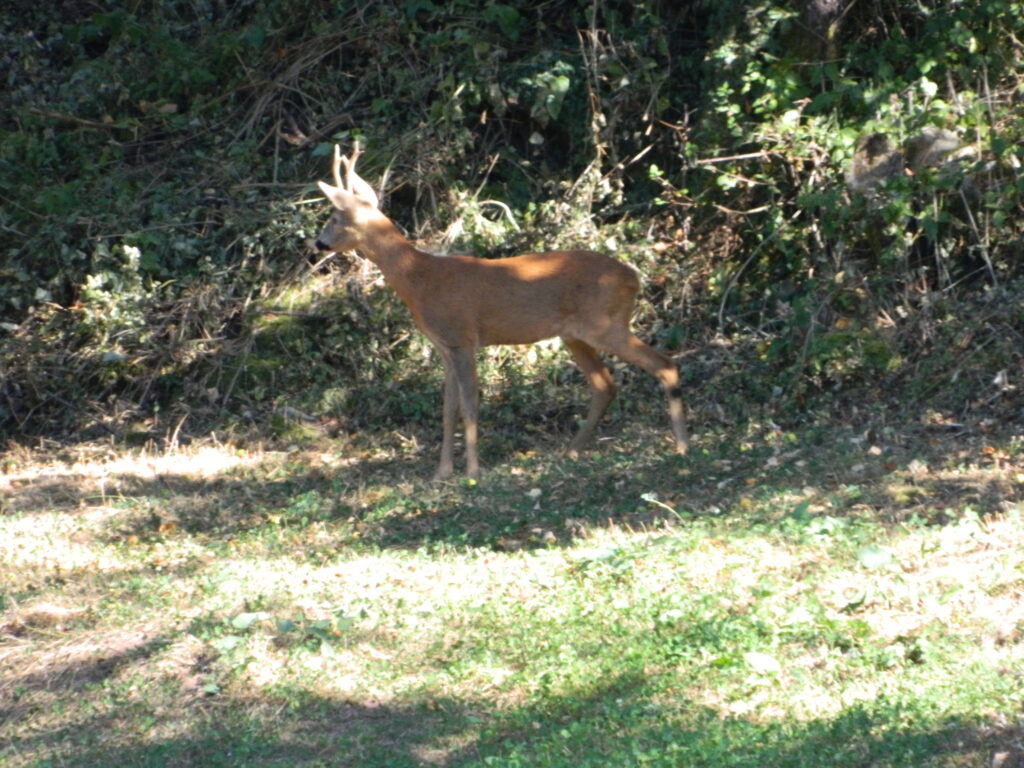
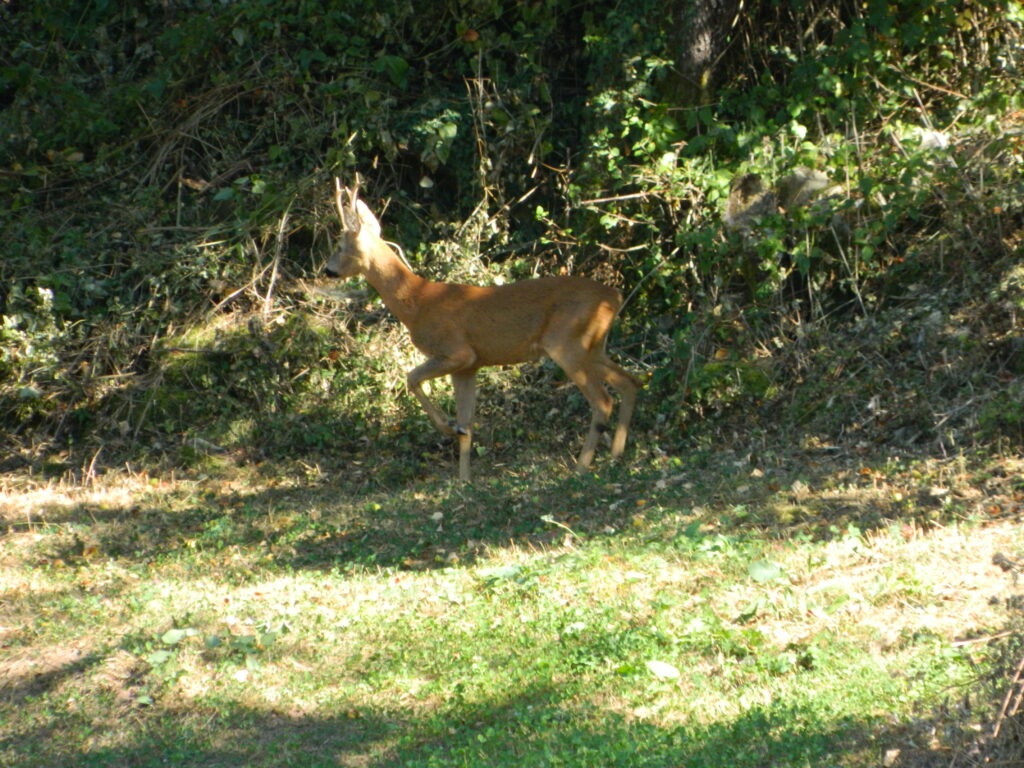
However, on our first visit following purchase, we arrived to find a herd of cattle on the land. Later in 2006 and 2007, we had some horses turn up out of the blue.
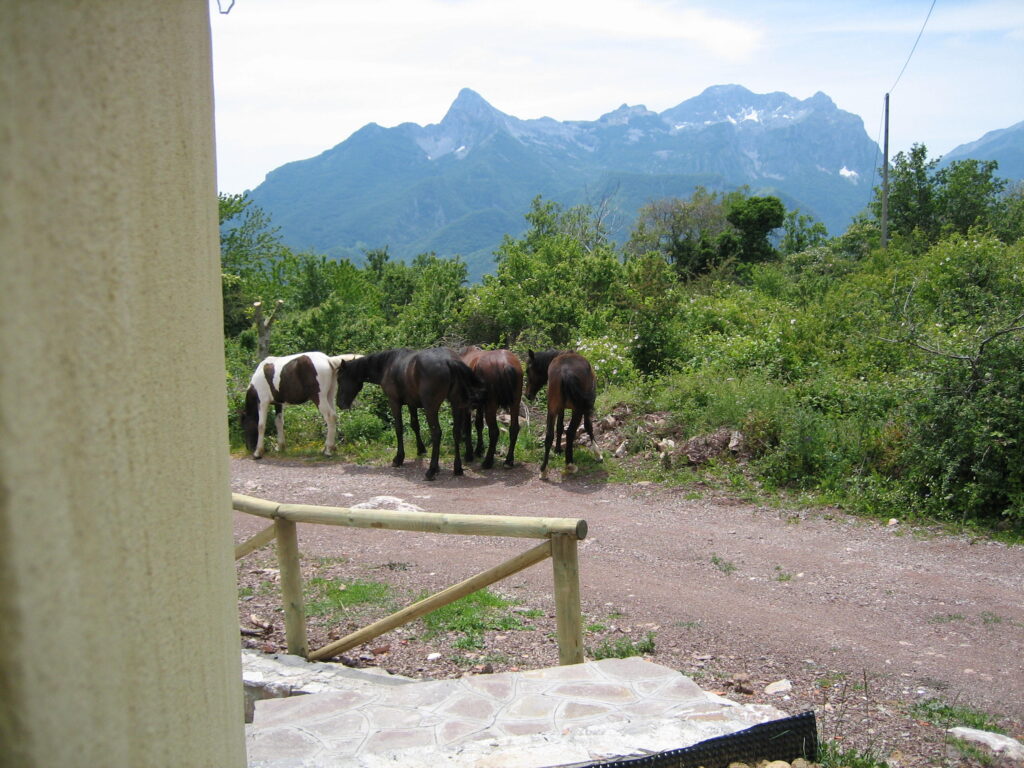


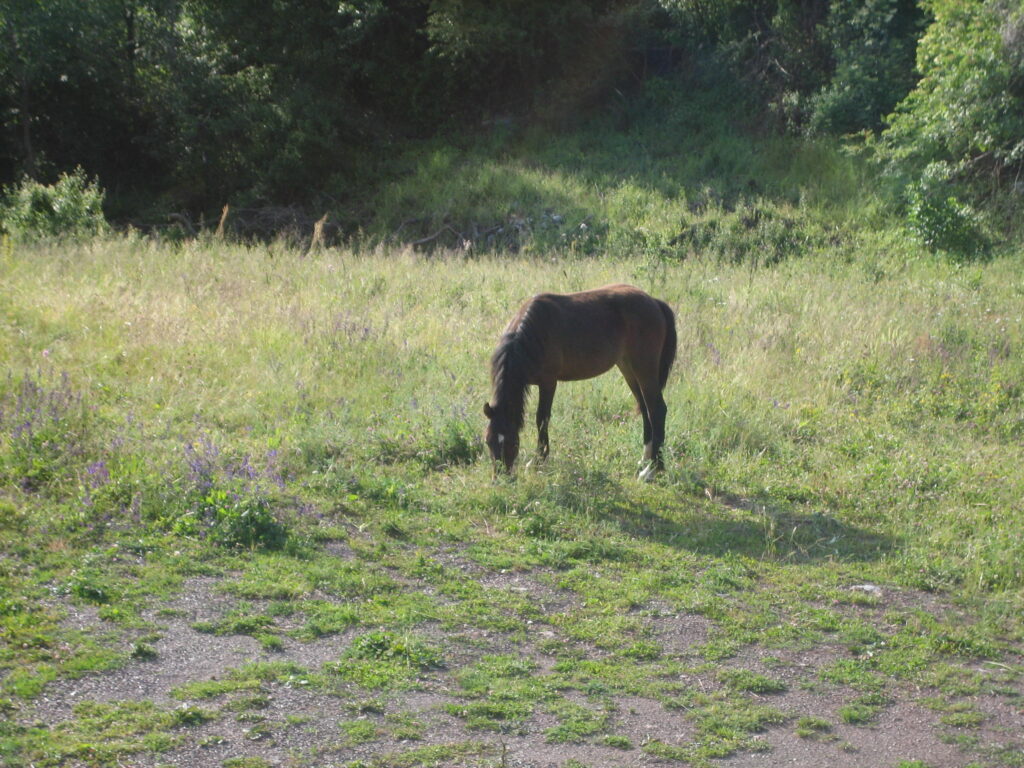


In 2007, they bought a mass of horse flies with them, and stopped den building in its tracks!
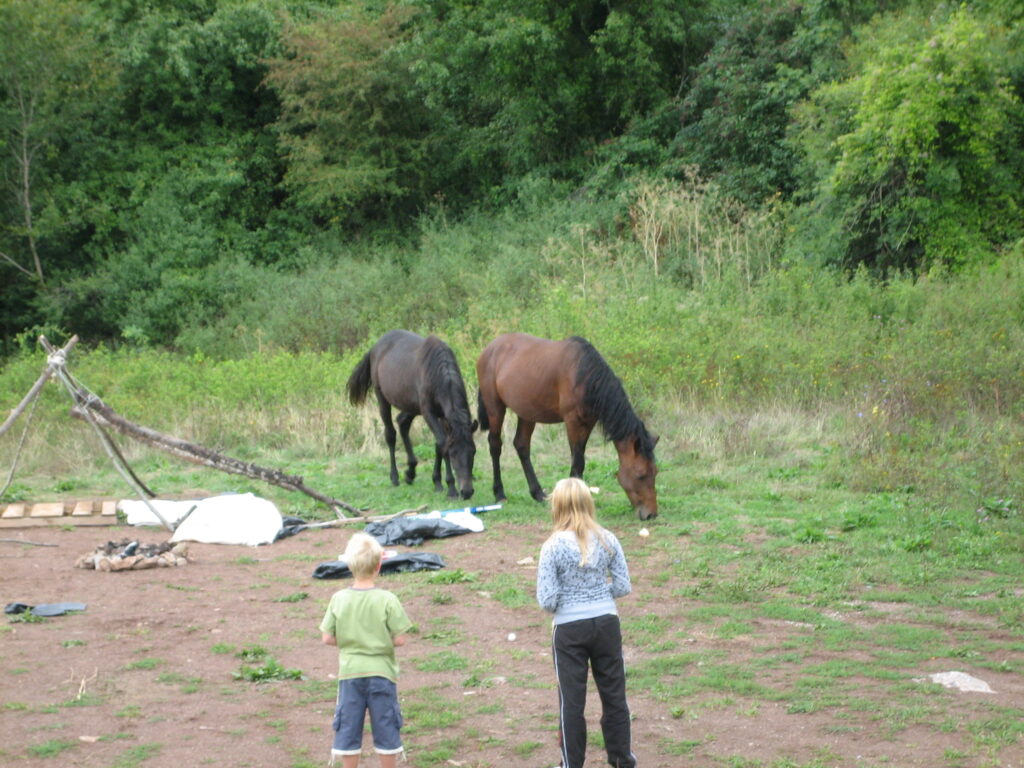
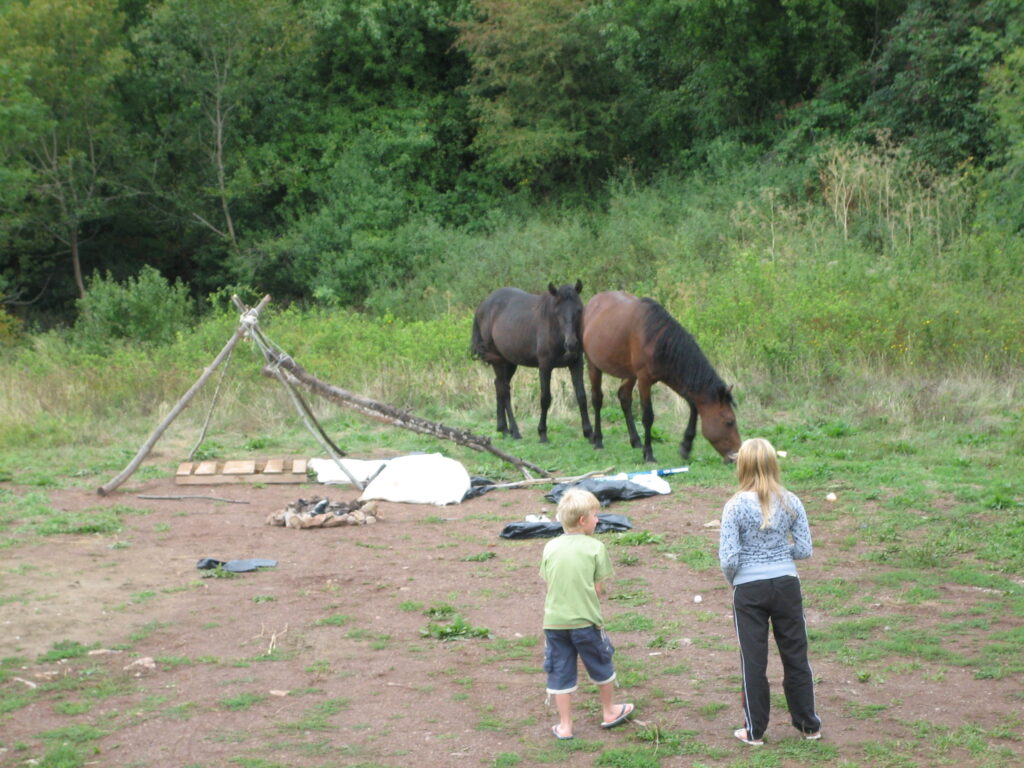
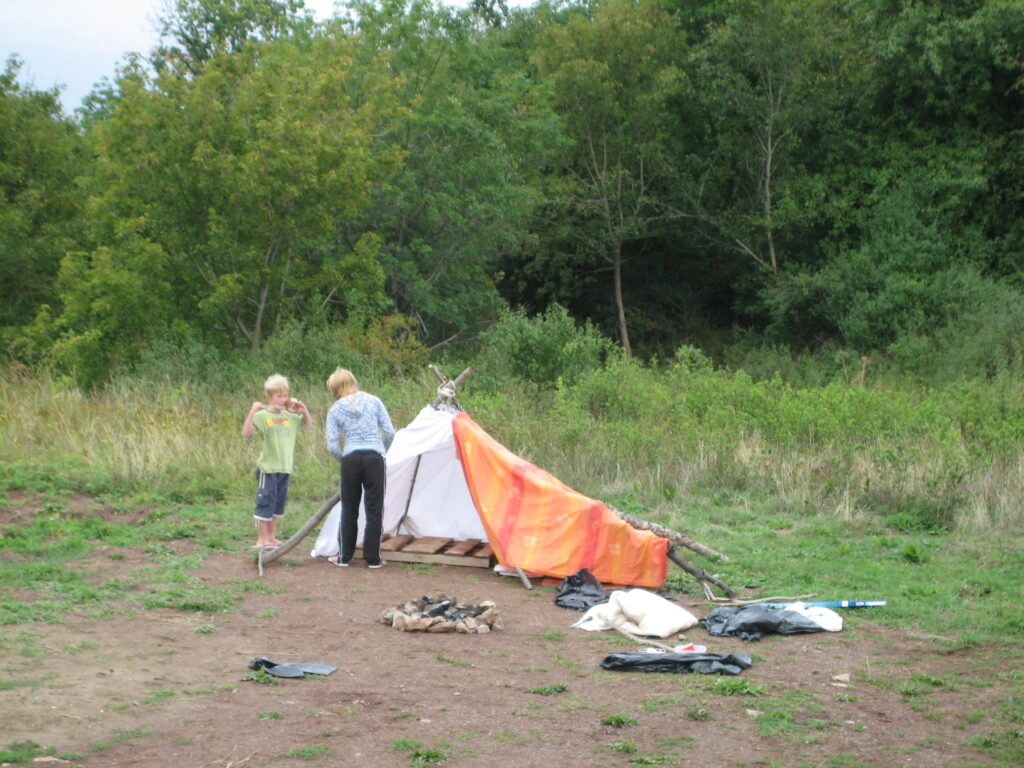





They went of their own accord, and we haven’t seen them since.

In 2019, we saw a wandering cowherd with his cattle whilst we were at La Baita. The cows all had bells and sounded very alpine.
Apparently porcupines are native, we haven’t seen any, but have found discarded spines.

There are also small mouse like creatures, that live in burrows under ground. I believe they are called Topi. They have larger ears than British mice.
Many insects here are similar to those we have in the UK, although tend to be larger, due to the hot summer conditions. There are some however that we are not familiar with, such as small scorpions, which apparently sting like a wasp, and can be found in dark nooks and crannies in the house or outside. Large black flying beetles that demolish animal dung in no time are also unusual to us.They have shiny bodies, and make quite a noise as they fly by rather hap-hazzardly.

Irritating large ‘horse fly’ type insects frequently fly into the house and constantly bang against the windows. Ants are also a constant nuisance in hot weather, as they march in line to some treat or other they have found in the house.
During May and June, tiny lights can be seen at night, as the fire flies fly about. In summer Crickets and Grasshoppers can be heard day and night with their chirping.


There are many small beetles we do not recognise. I am no expert on insect life, but note them when I see anything unfamiliar.

We also see a number of moths and butterflies, but not in great numbers. A humming bird moth was seen a couple of times taking nectar from the flowers of a pot plant. It appears that insects are fewer and smaller for several years after a bad winter.
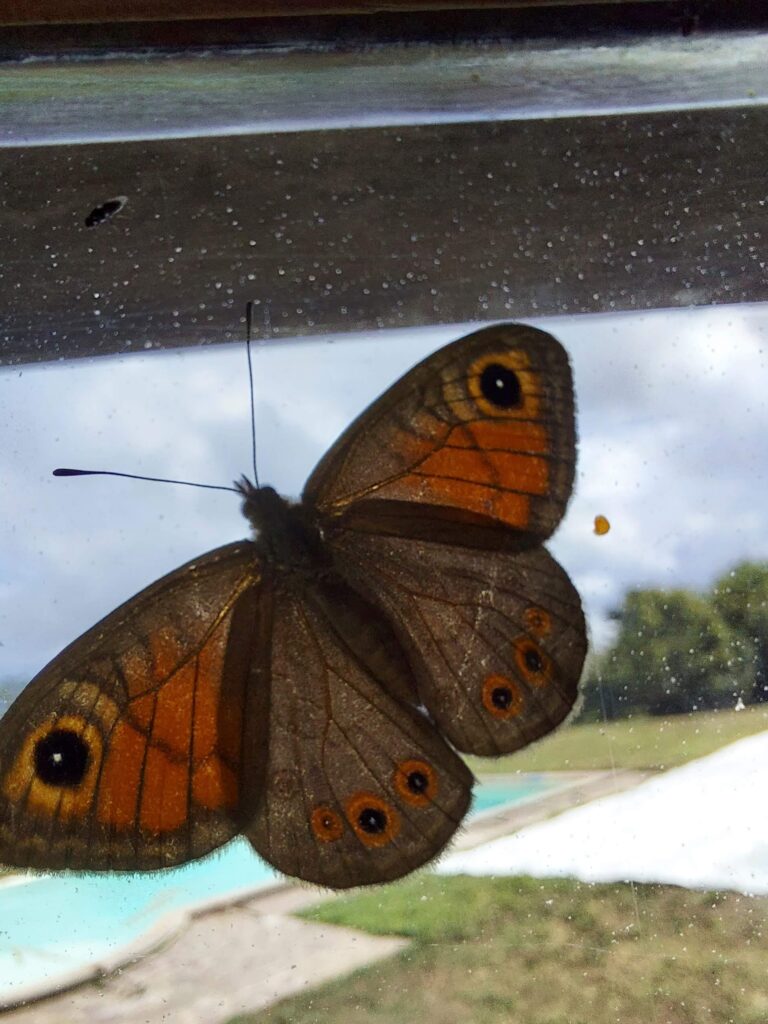
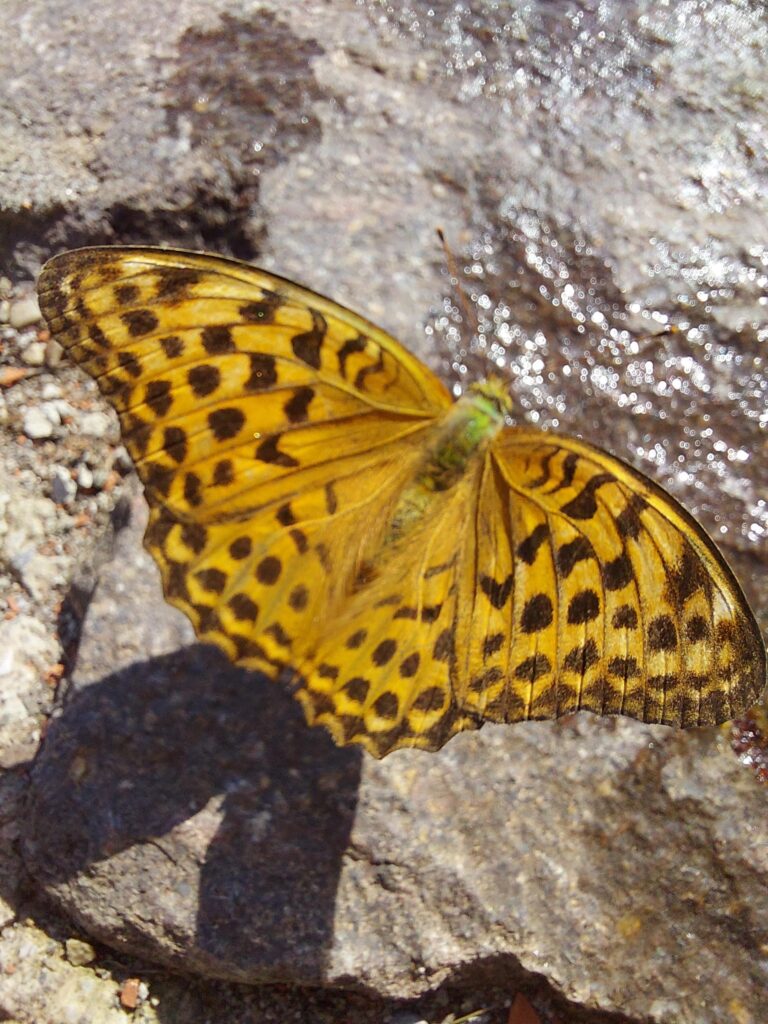
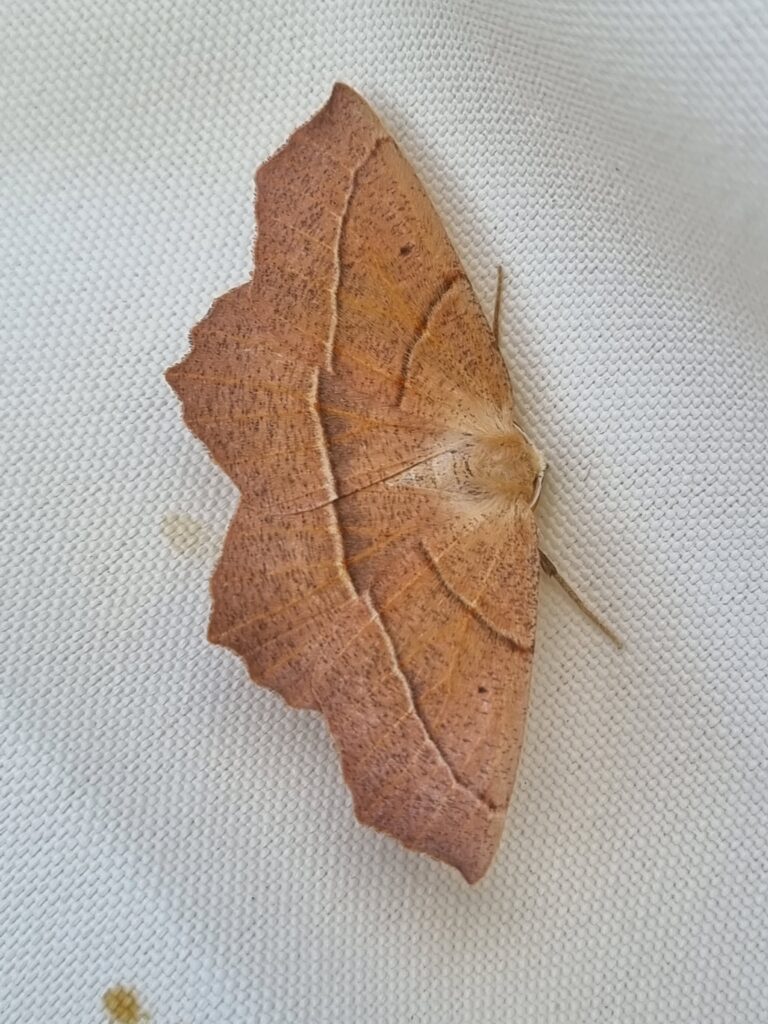

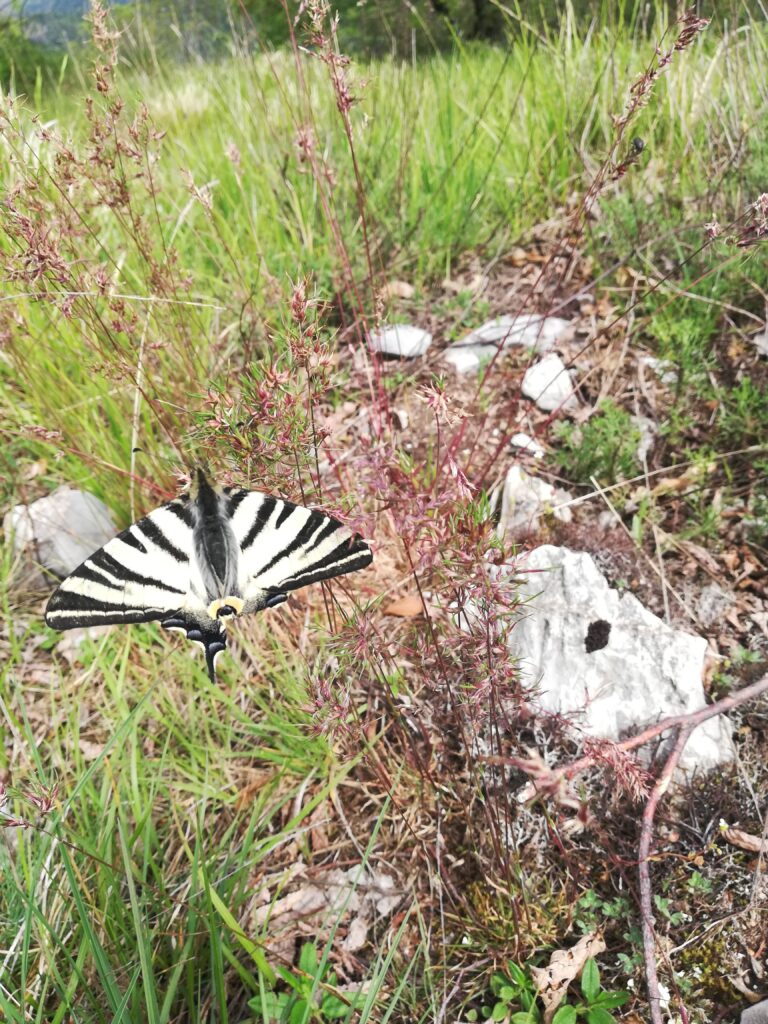
One of the most common reptiles here, that we do not have in Britain are lizards, usually up to 6 inches with the tail in shades of brown and green.
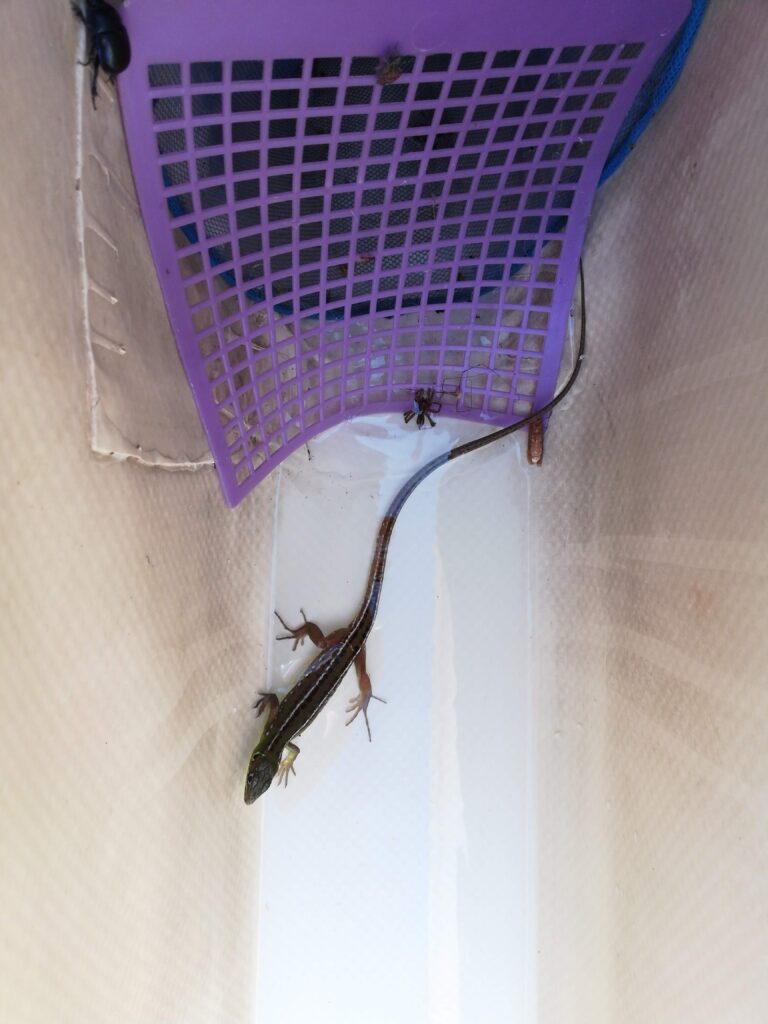

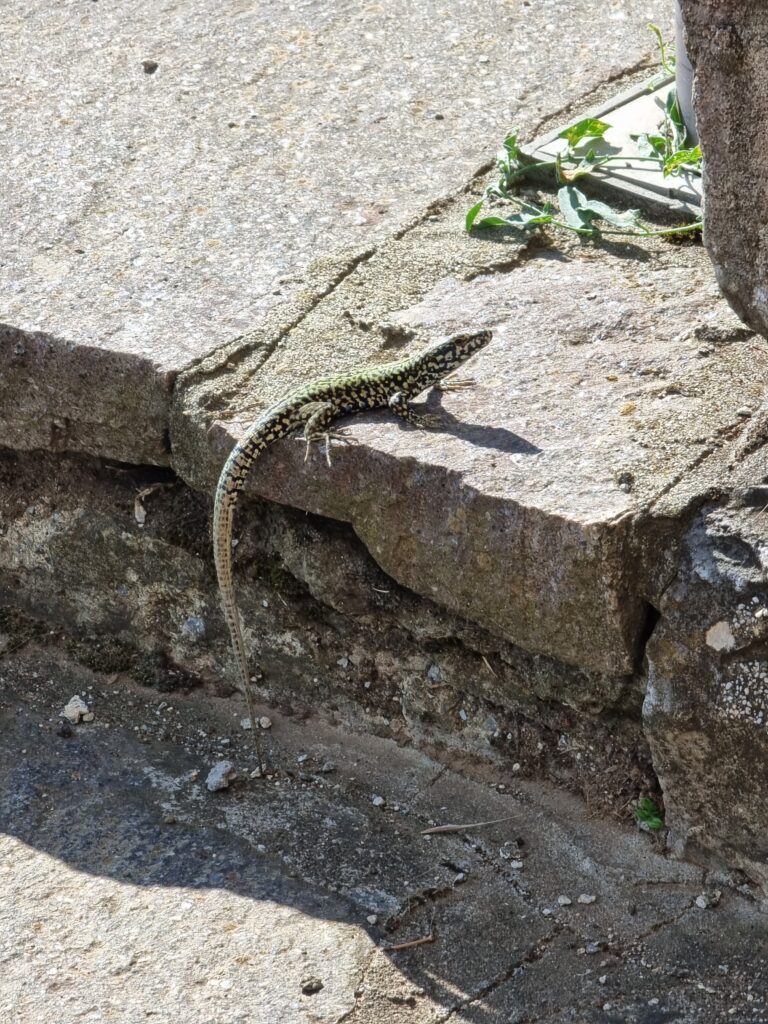
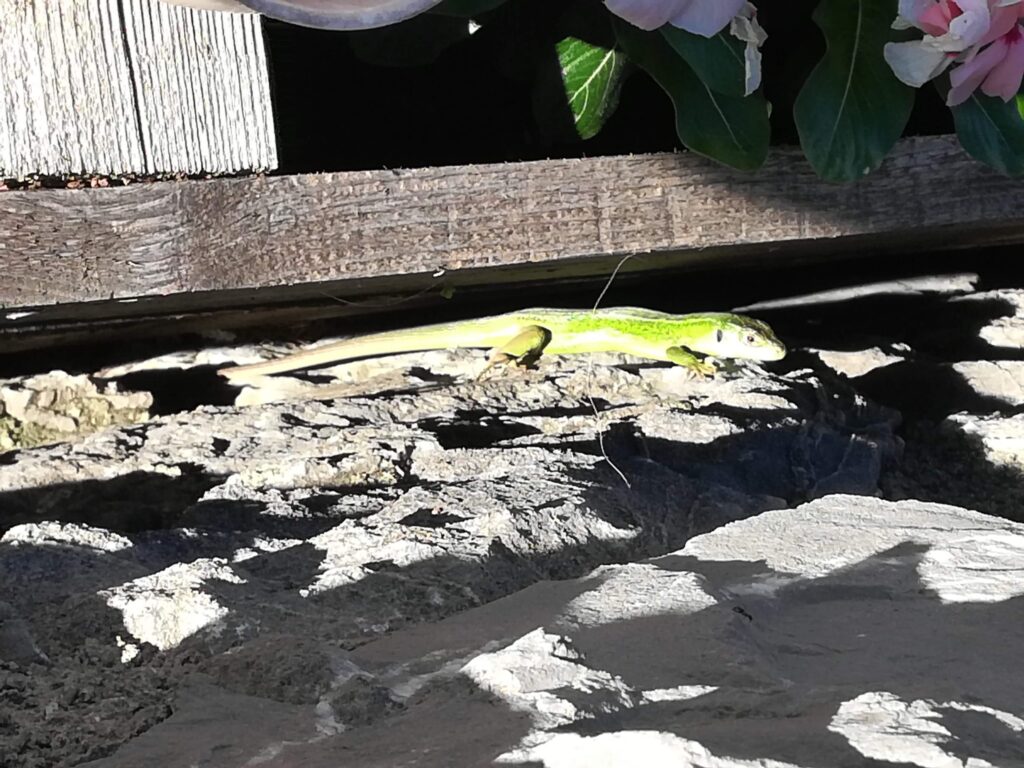

Our younger visitors like to try and catch them in nets, but they often discard their tails when in danger. They sun themselves on the patio, rocks and window ledges. This year (2023), they appear to be much smaller, only 2 or 3 inches, and timid, which we presume is due to the recent severe winter in 2020/21. Occasionally we have seen bigger lizards (up to 12 inches), and one or two bright green.

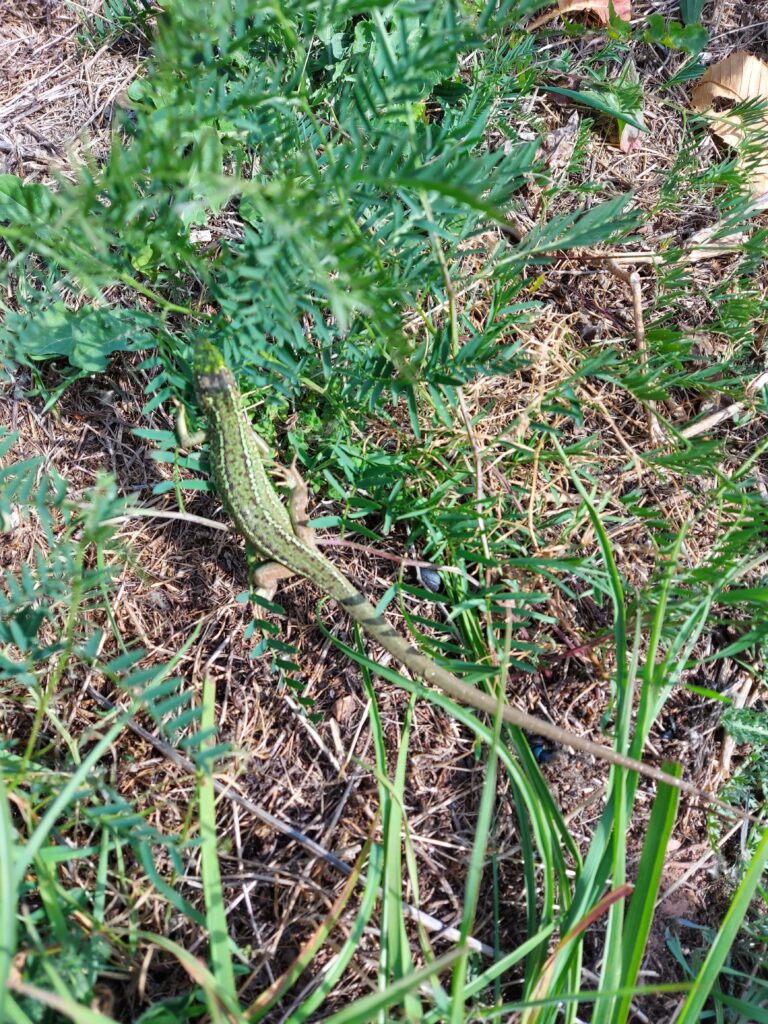
‘Praying Mantis’ are occasionally seen climbing a wall, usually in the evening. They are bright green and fascinating, but not particularly welcome on a bedroom wall at night.

Snakes are not uncommon, and we have come across several, although this is with some trepidation, as poisonous snakes are reasonably common, although non poisonous are more so.
Several years ago we arrived to find a viper curled up in the space between the kitchen door and shutters. It was not happy, and ready to strike. We managed to get it into a container, and release it into the forest (much to the horror of a local who thought we should have killed it, as it posed a threat to pet dogs).
On other occasions a large green snake was found under the cover of the pool compensation tank, and this year sunning itself by the cabin a large 4 foot whipsnake which disappeared underneath as I approached.

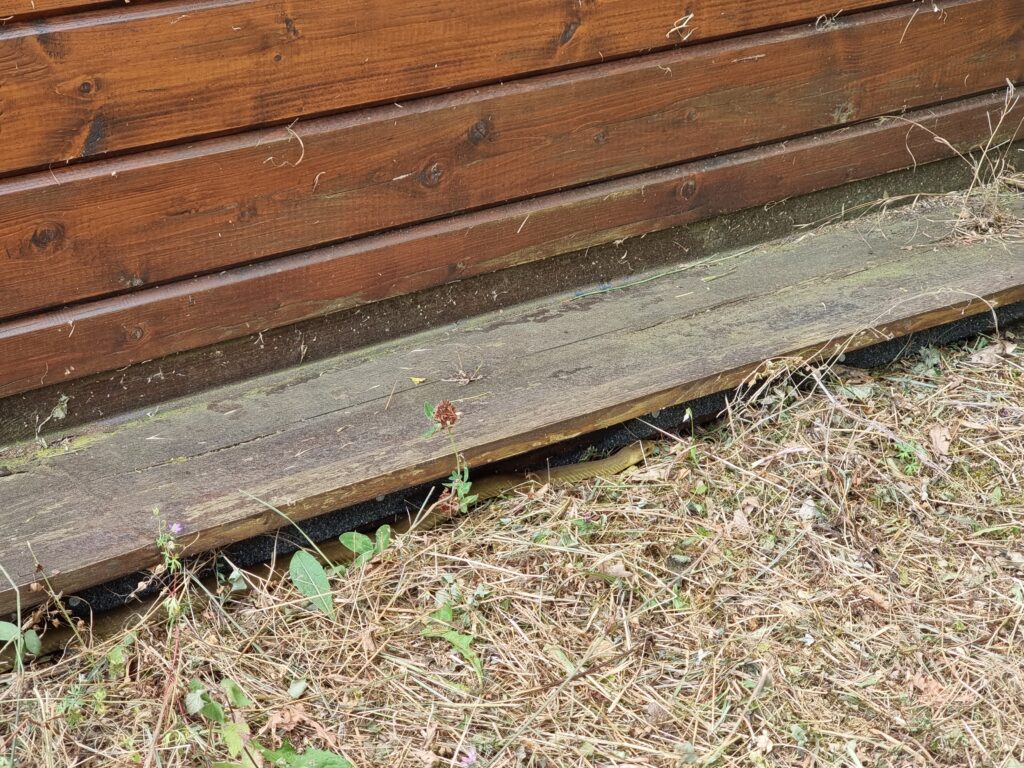
Bees, wasps and hornets are common, depending on the previous winter, behaving as they do in Britain.
Wood wasps have in the past built their cocoons from the local mud on the ceiling inside the wardrobe.
Strangely for such a wooded and natural habitat, there are few birds. Since arriving we have commented on how quiet it can be, then realised, it is lack of birdsong. More recently more song birds have appeared, but still, they are much fewer than the UK. Apparently the reason being that in the past, poverty forced the local population to catch and eat whatever was available.
In spring we often have a couple of wagtails who look for bugs in the lawn. When the pool is open, we generally have a daily visit from the swallows who pick off the bugs.


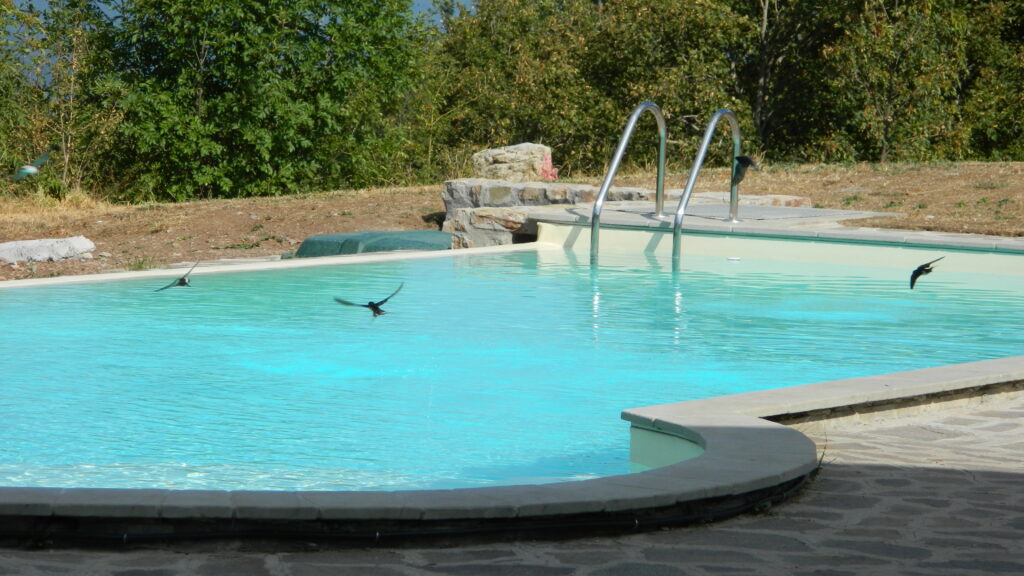
At first we were amazed to see so many Buzzards and other birds of prey, although now they have also returned to Britain, the sight of them is nothing out of the ordinary.
The whole area is covered in ancient chestnut forests. Chestnuts have for centuries formed a staple part of the local diet. During times of starvation, such as during the WW2, flour was made from them.




Amongst the chestnut trees are also found, false acacia, oak trees (of several varieties), hazelnut, ash, wild cherry, hawthorn, elder, blackthorn, mountain maple, hornbeam, walnut and sycamore aswell as fir plantations, and the odd cypress tree. We have other presumably planted trees on the land, such as a pear and crab apples, and also a black walnut.
The blackthorn goes wild, growing in thickets, dying and creating thorn infested undergrowth for wild animals to hide in. The sharp thorns can often
Wild roses too, grow madly and die, creating further thorn infested clumps.


This year the wild clematis has gone crazy and is covering every tree and shrub on roadsides and wild areas. Broom also seems to be taking over certain areas, particularly where there was a forest fire in 2019.
There are many types of grass, the best being mountain grass, which appears to grow a certain height only and generally stays green through the summer. On higher land, the grass is finer. Everywhere different types of grass and seed heads can be found.
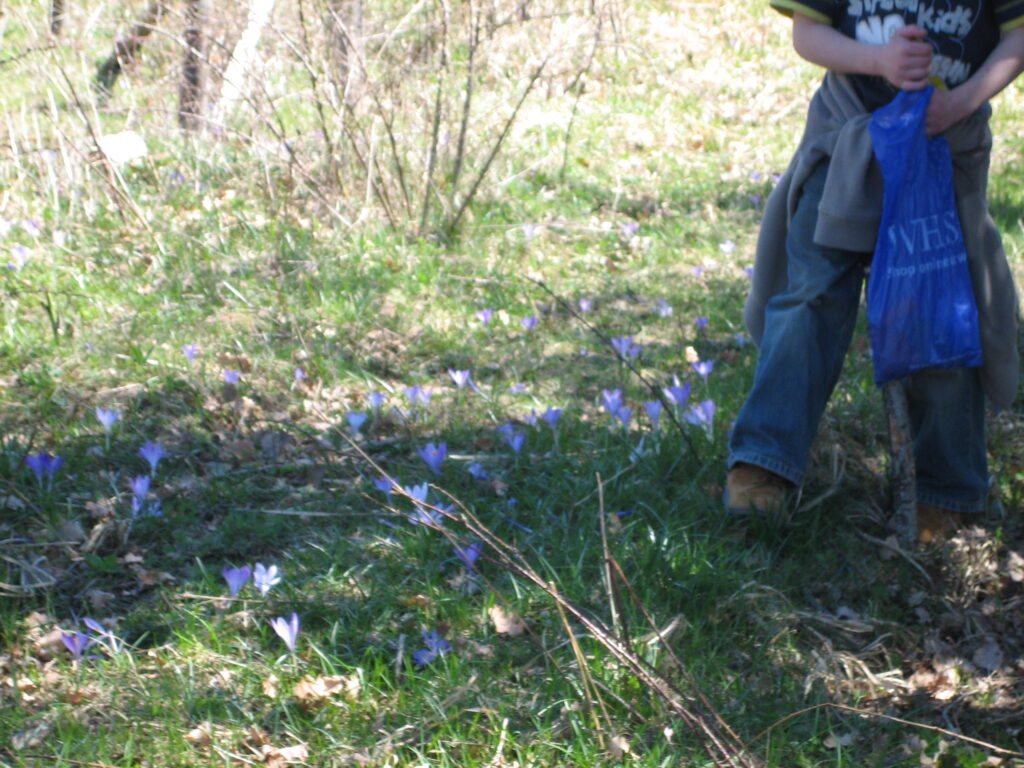


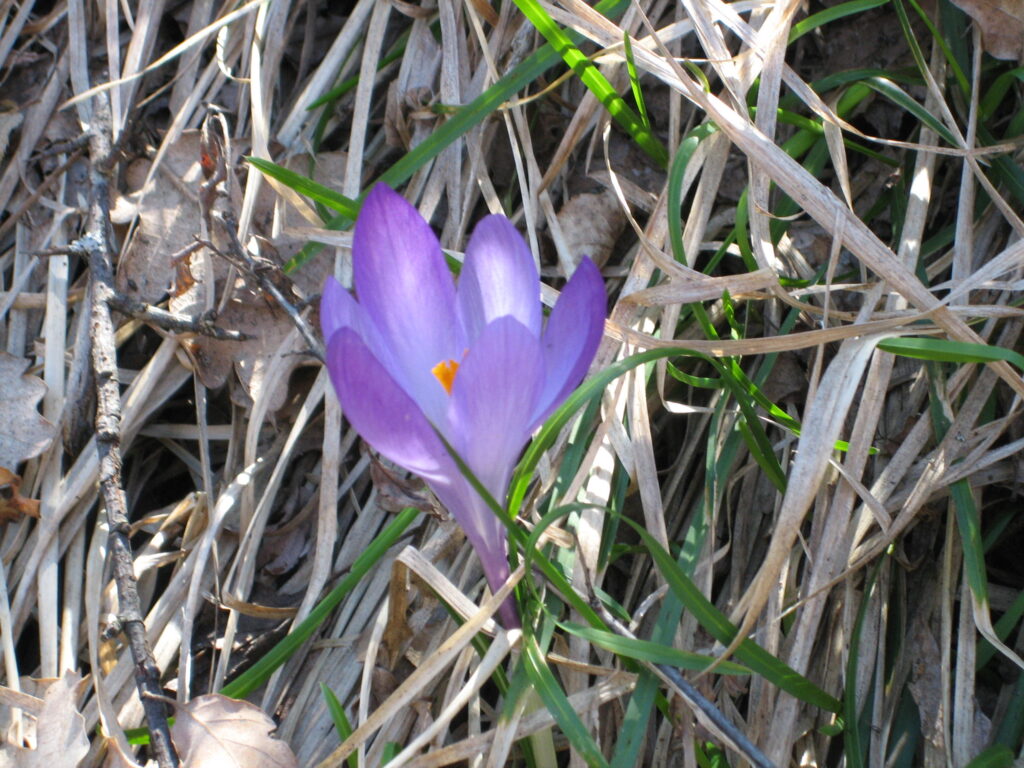


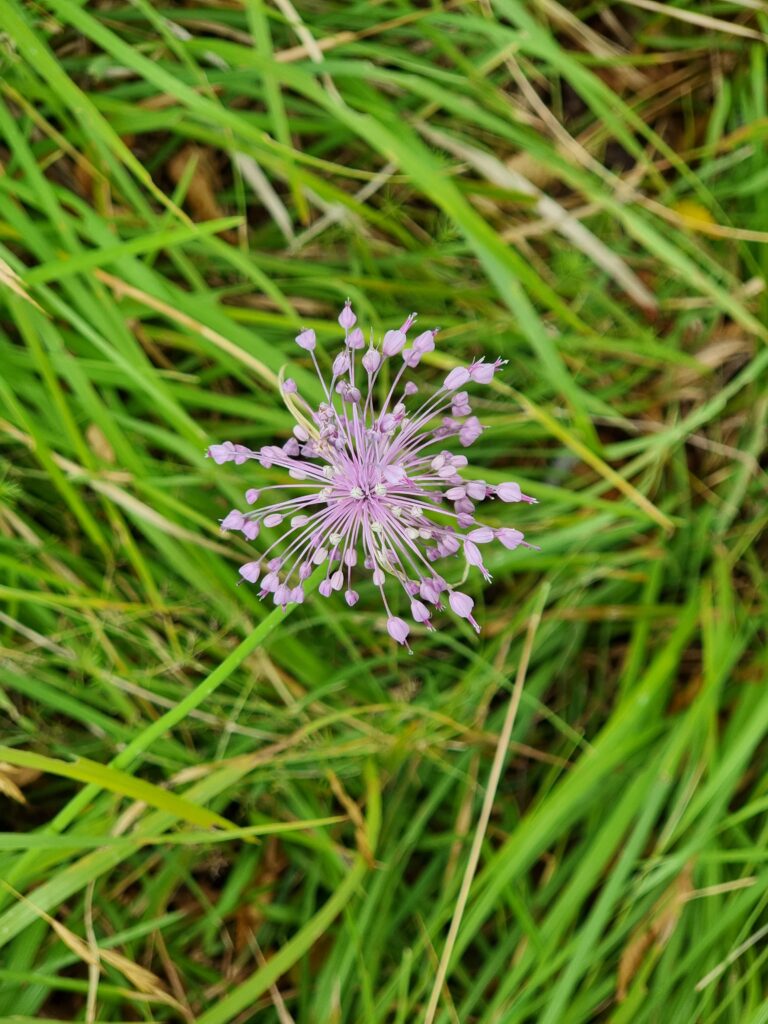

In meadows wild flowers grow profusely, wild sage, clover, euphorbia, daisys, various dandelion species, yarrow, to mention a few.

On rocky outcrops, wild herbs and alpine plants grow, such as thyme, mint, rosemary, dianthus and wild curry plant.
In autumn, this area is a magnet for funghi collectors. In fact now a licence is required to collect wild funghi. The Porcini Mushroom is common here (and expensive on menus), but we wouldn’t know one if we saw one!


